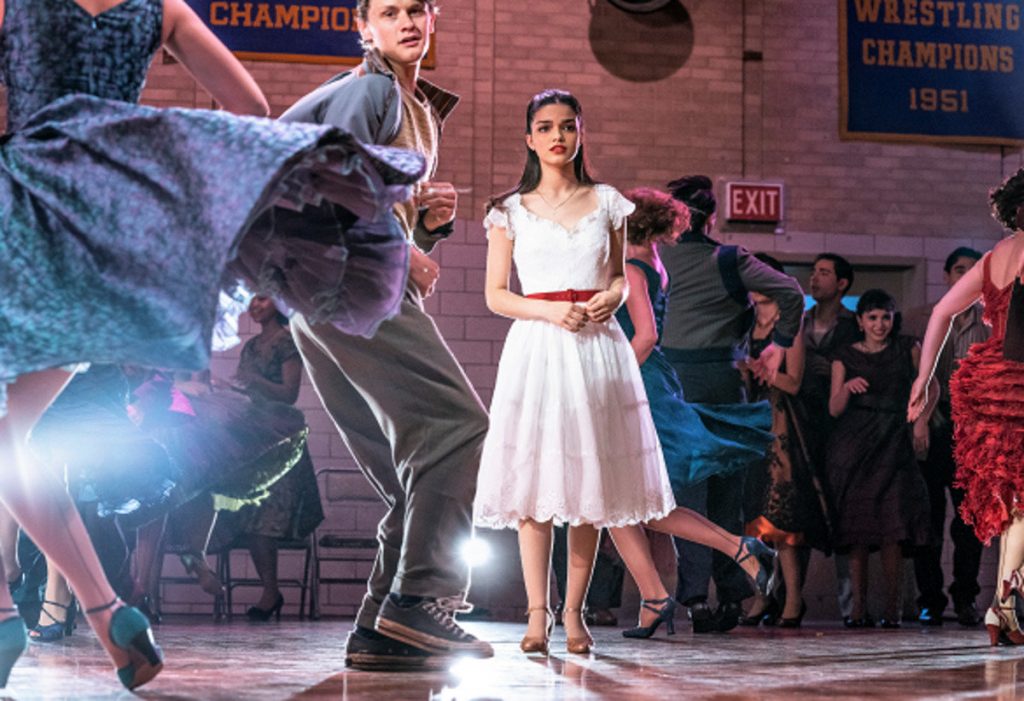

Sixty years since its first film adaptation, Steven Spielberg now brings the world an up to date cinematic rendition of the beloved 1957 stage musical.
Featuring the original score and lyrics by Leonard Bernstein and Stephen Sondheim along with the fresh-faced performances of a multi-ethnic cast and a peppering of other era-appropriate adjustments, this West Side Story is an immaculately made movie which also seems, at least to this reviewer, like it probably did not need to be made.
I can honestly say I enjoyed it; but I can just as honestly say I did not really like it, and that there is no very obvious reason why.
The acting and directing are superb. The choreography is impressive and the vocals absolutely riveting. But if you are like me, you may walk away with the sensation of having passed two and a half rapt hours, in which, looking back, very little of actual consequence occurred.
This is not for want of trying: obvious pains were taken to tether this story of inter-ethnic urban conflict to a few hot-button issues today.
For example, the Jets’ gang members are explicitly described in demographic terms as that subset of North American caucasians chronically unable to find economic success. Channeling sentiments which continue to fuel a segment of Trump supporters, it seems, one character laments waking up each day to find everything he loves “getting wrecked or sold or getting taken over by people I don’t like.”
On the flipside of the racial question, the film handles other issues after a manner in keeping with contemporary sensitivities. In this adaptation each member of the Sharks is played by an actor of Puerto Rican origin or descent (as opposed to several instances of brown face in the original). These characters also often speak in undubbed Spanish, which was a deliberate decision, Spielberg has publicly stated, to keep the Spanish from being dominated by the English.
A third zeitgeisty element is the interpolation of an overtly trans character who begins as a subject of abuse, persists as an observer from the margins, and is eventually granted a position of acceptance after a heroic act.
All in all such tweakings of the parts do not assemble into an altogether convincing whole, though. It may be a masterclass in the hows of storytelling, but it never becomes very clear why this story is getting told.
At a basic level it all seems to reduce to a statement like, “Sometimes people hate and kill each other.” Which is true, of course, but it is not a particularly illuminating truth.
Were the film also to convey some insight into why people hate and kill each other, it might have made for a substantial tragedy. If, further, its specific circumstances were to hint at how persons in all times and places might move towards avoiding this kind of tragedy, it might have made for great art.
But as it stands, it just sort of seems like a well-rehearsed song and dance routine whose story has been xeroxed too many times, and, along the way, cut off those bits in the original that justify its existence.
All this said, viewers who come to this telling as specialists – as dancers, say, or photographers or longtime fans of the music – will probably find plenty to sustain their interest. But if you come at it cold – that is, as a regular human being looking for a good story well told – you may walk away feeling pretty much the same.
